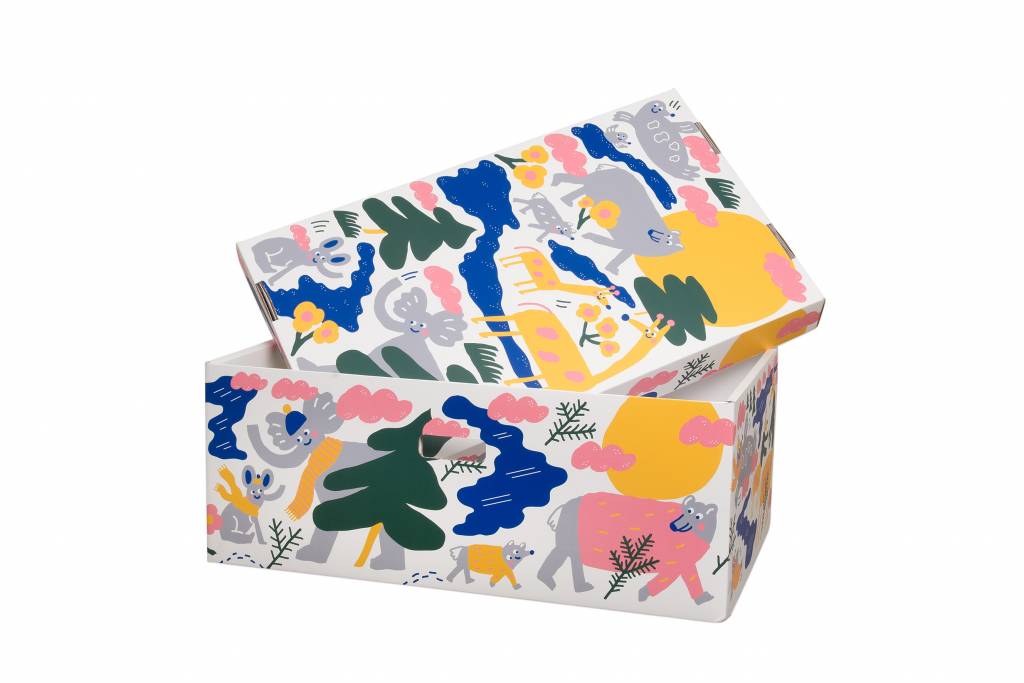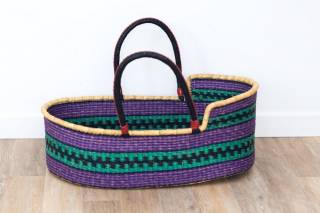The Baby Box project explores the phenomenon of maternity package around the globe. Our initial study “Thinking Outside the Box” mapped almost 100 baby box programs in 60 countries. Diversity and innovation marked our findings and formed a platform for further projects and international collaboration. Our vision is to provide knowledge that advances maternal and child well-being globally.
The maternity package (or the baby box) is a material form of support given to an expectant mother or caregiver(s) to promote the well-being of a baby and the family. The package varies in form and shape according to the local context. The contents are usually items and care essentials for the infant and the mother for the period around delivery and infancy.
In Finland, the tradition of providing maternity packages for all expectant families has been in place for almost 80 years. The package is conditional to the mother attending antenatal care before the 5th month of pregnancy. Thus, the package, and particularly its linkage to free and comprehensive antenatal care, is suggested to contribute to Finland’s low maternal and child mortality rates.

In the Baby Box Project, we analyze how the concept of maternity package has been adapted and implemented around the world. Our aim is to provide a comprehensive insight into the phenomenon of the maternity package and best practices and avoidable pitfalls of maternity package projects’ local adaptations. We study how maternity packages could benefit the advancement of maternal and child health globally. We started with a global mapping of projects related to the maternity package concept. Through academic and gray literature search, we located nearly 100 projects in 60 countries. The concepts were diverse and innovative, and implemented in both low- and high-income countries. Approximately a third of the projects were chosen for in-depth interviews. Read all about it here!

Acknowledgements
We would like to acknowledge:
Mannerheimin Lastensuojeluliiton (MLL) tutkimussäätiö (The Research Foundation of Mannerheim League for Child Welfare) for funding the data collection stage of Thinking Outside the Box study
TJNK Tiedonjulkistamisen neuvottelukunta (The Finnish Committee for Public Information) for funding the upcoming report
